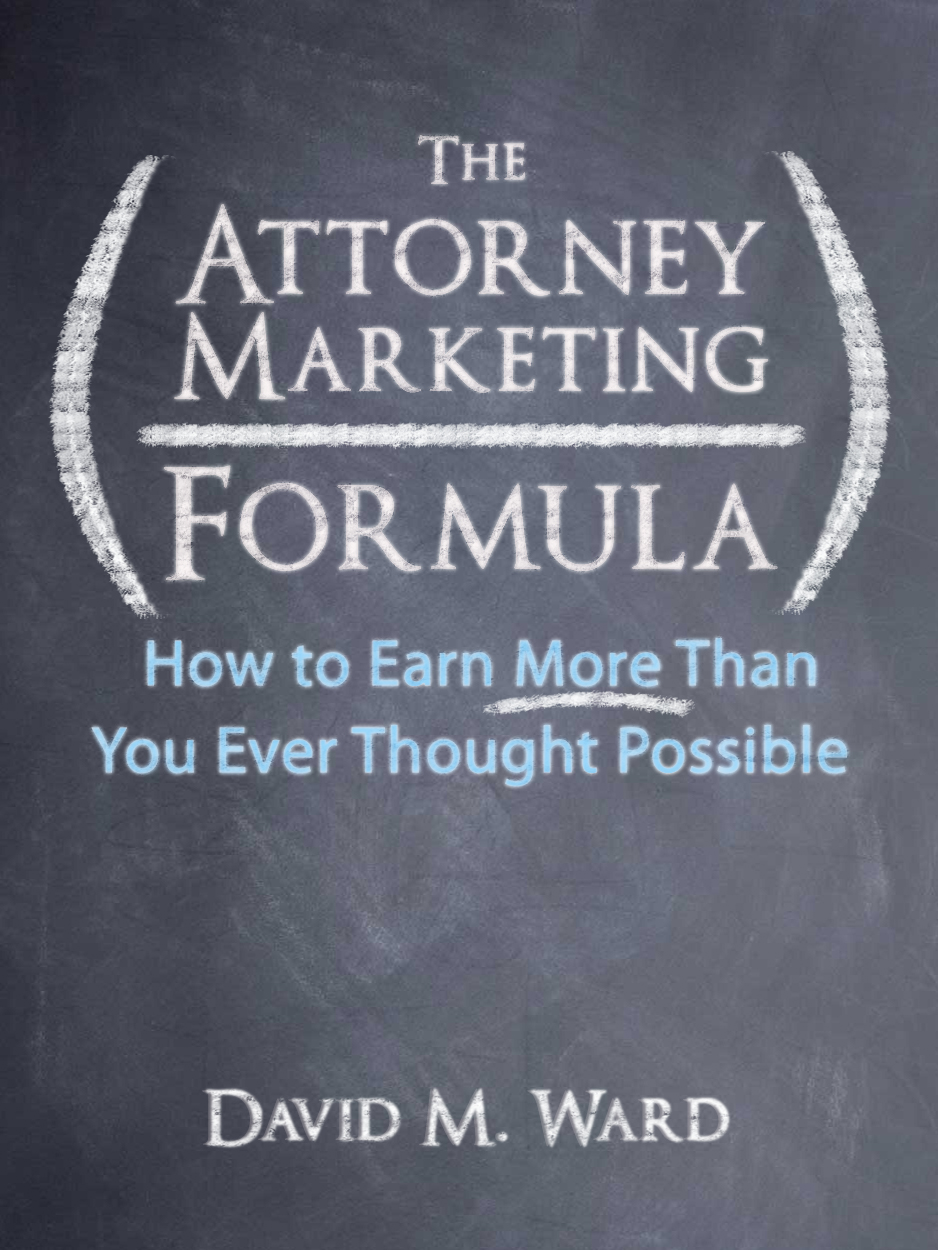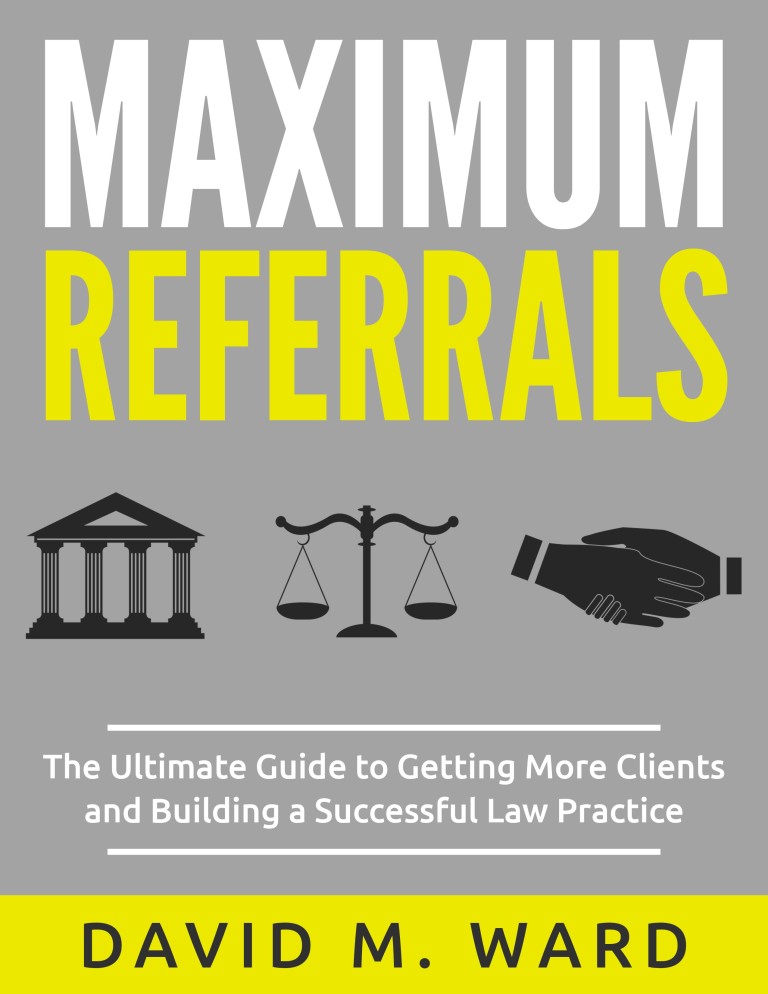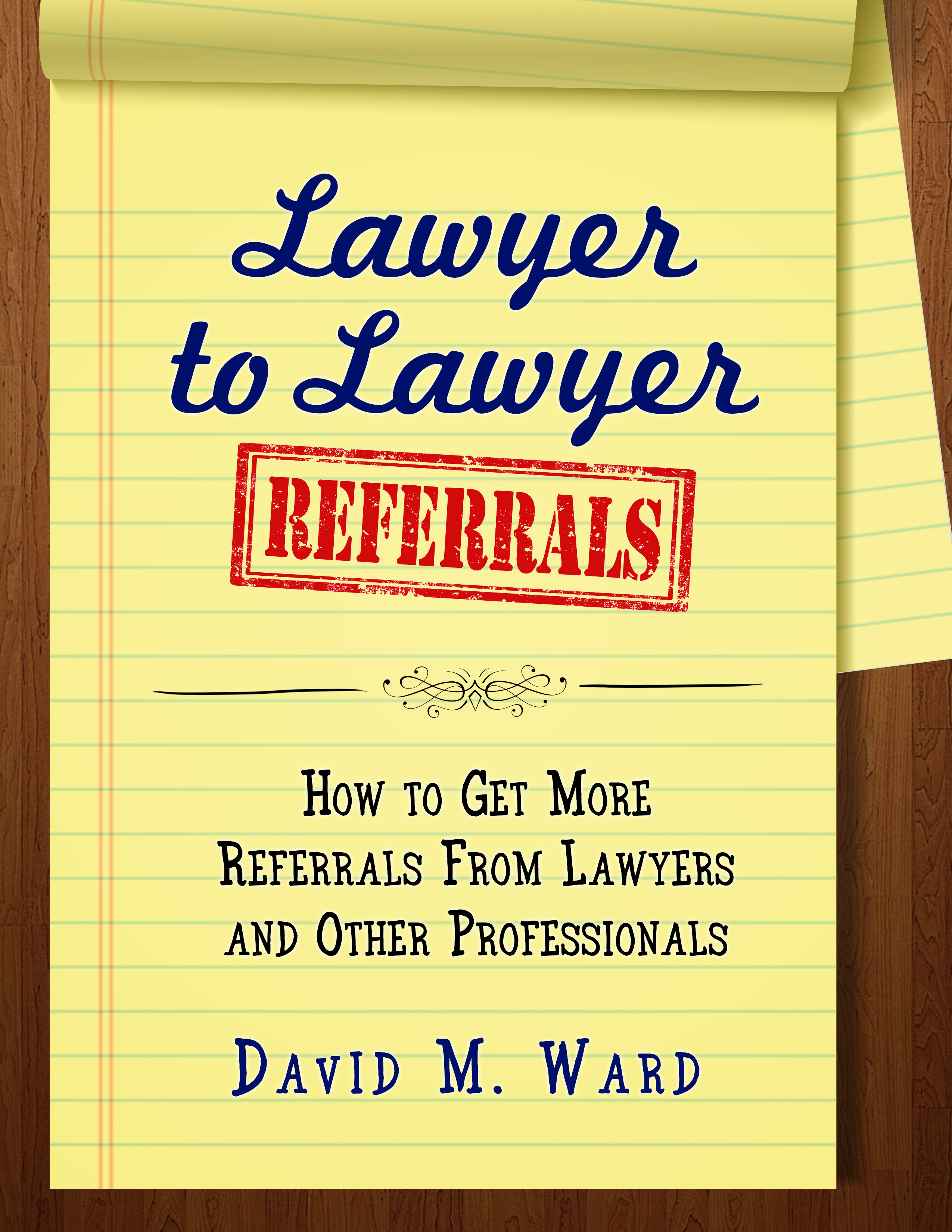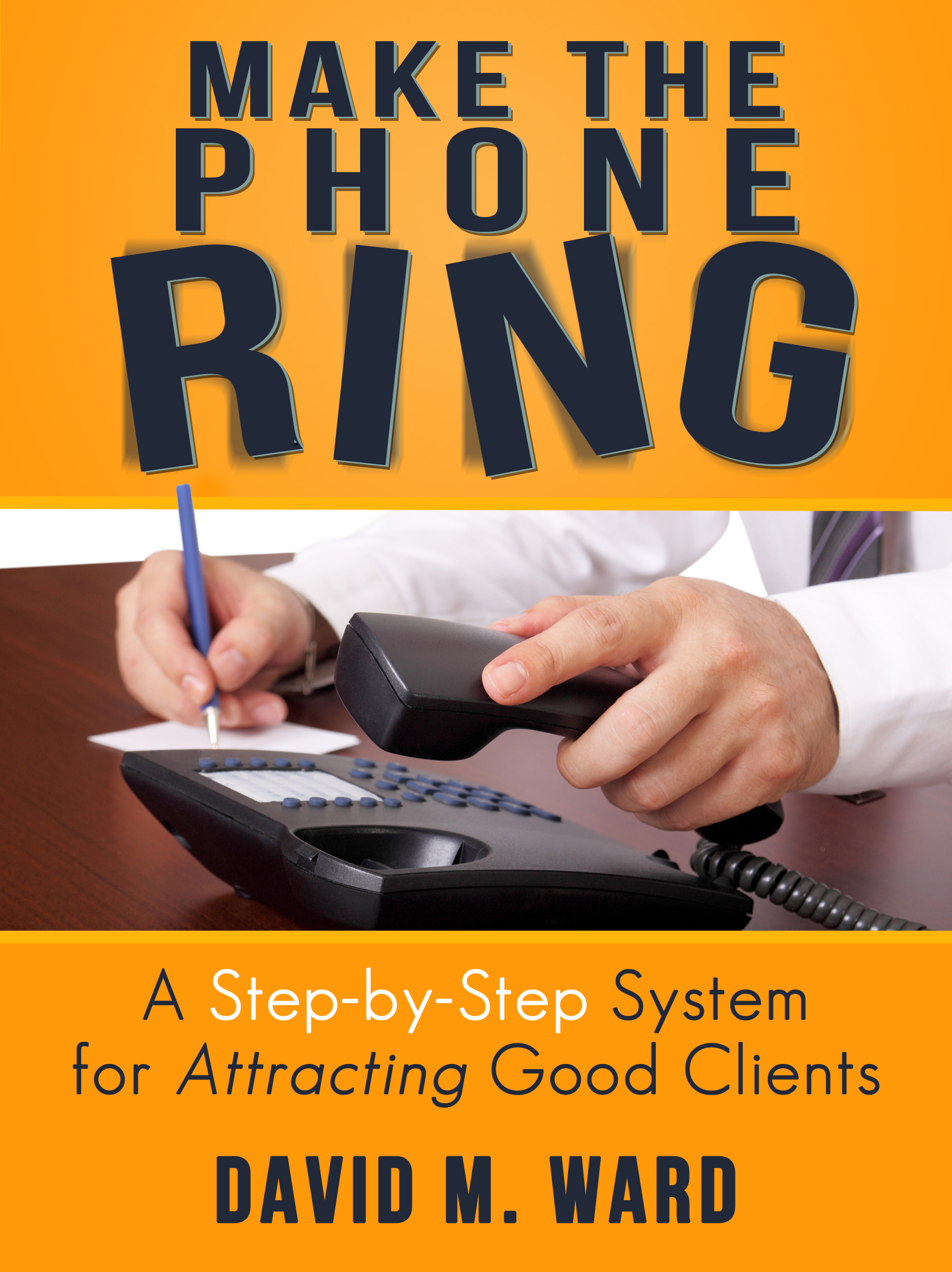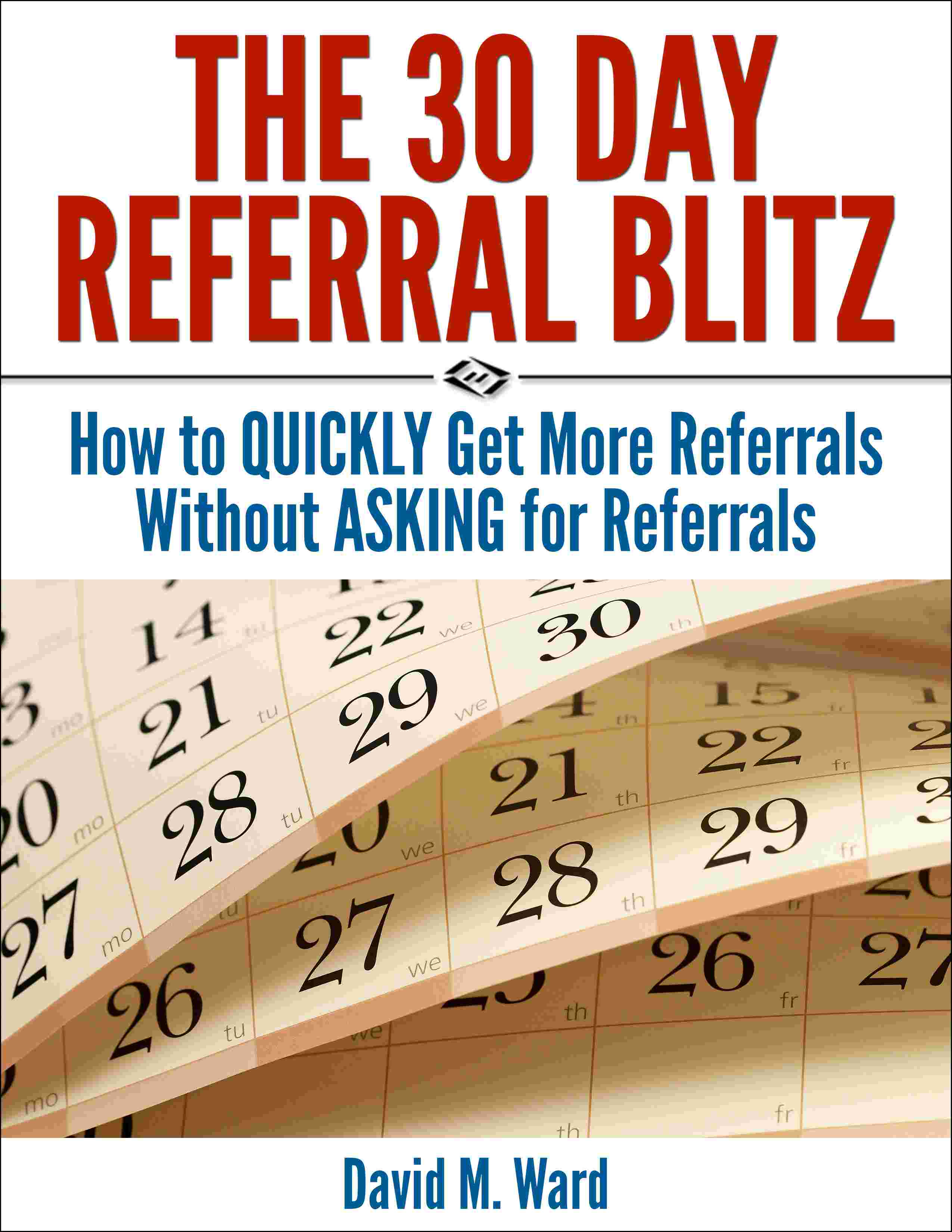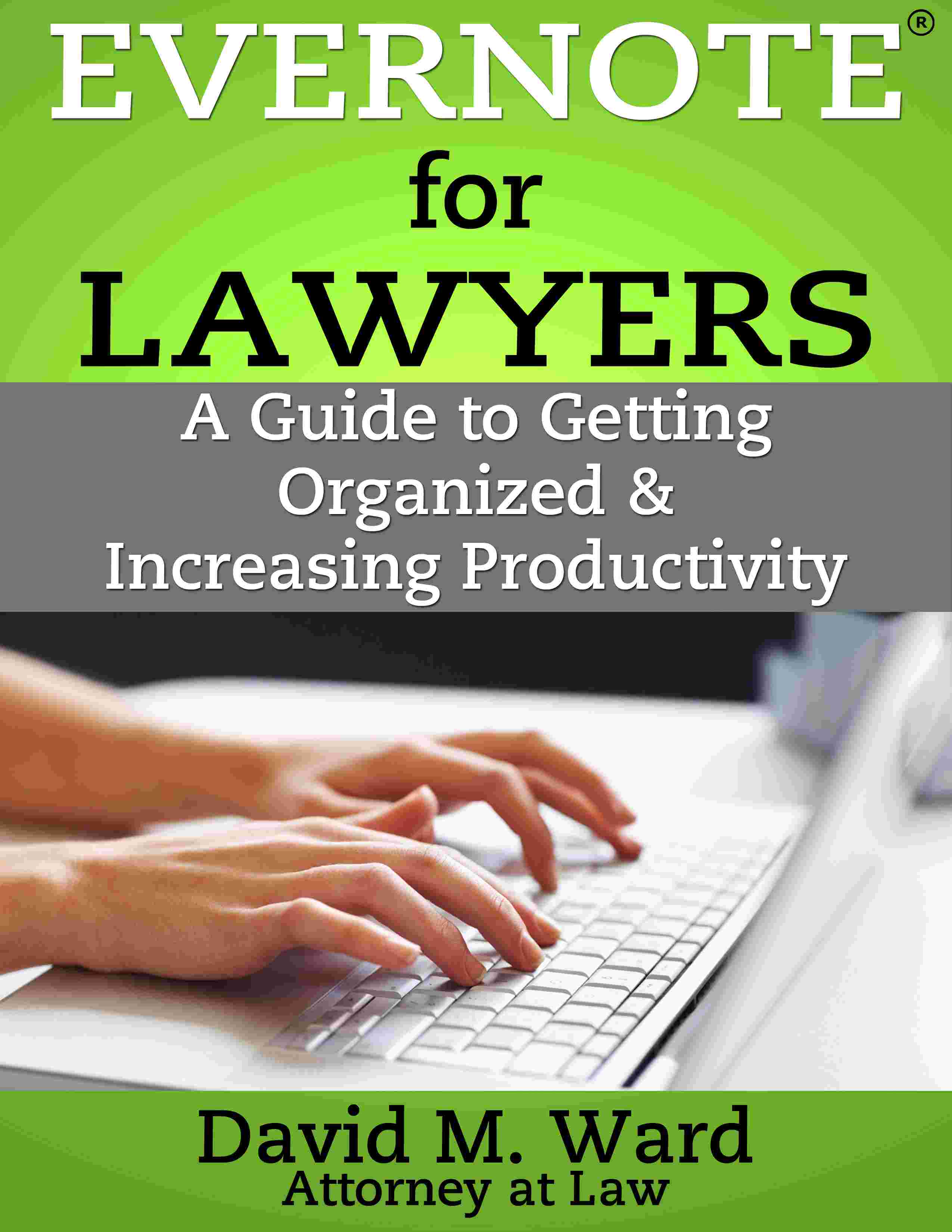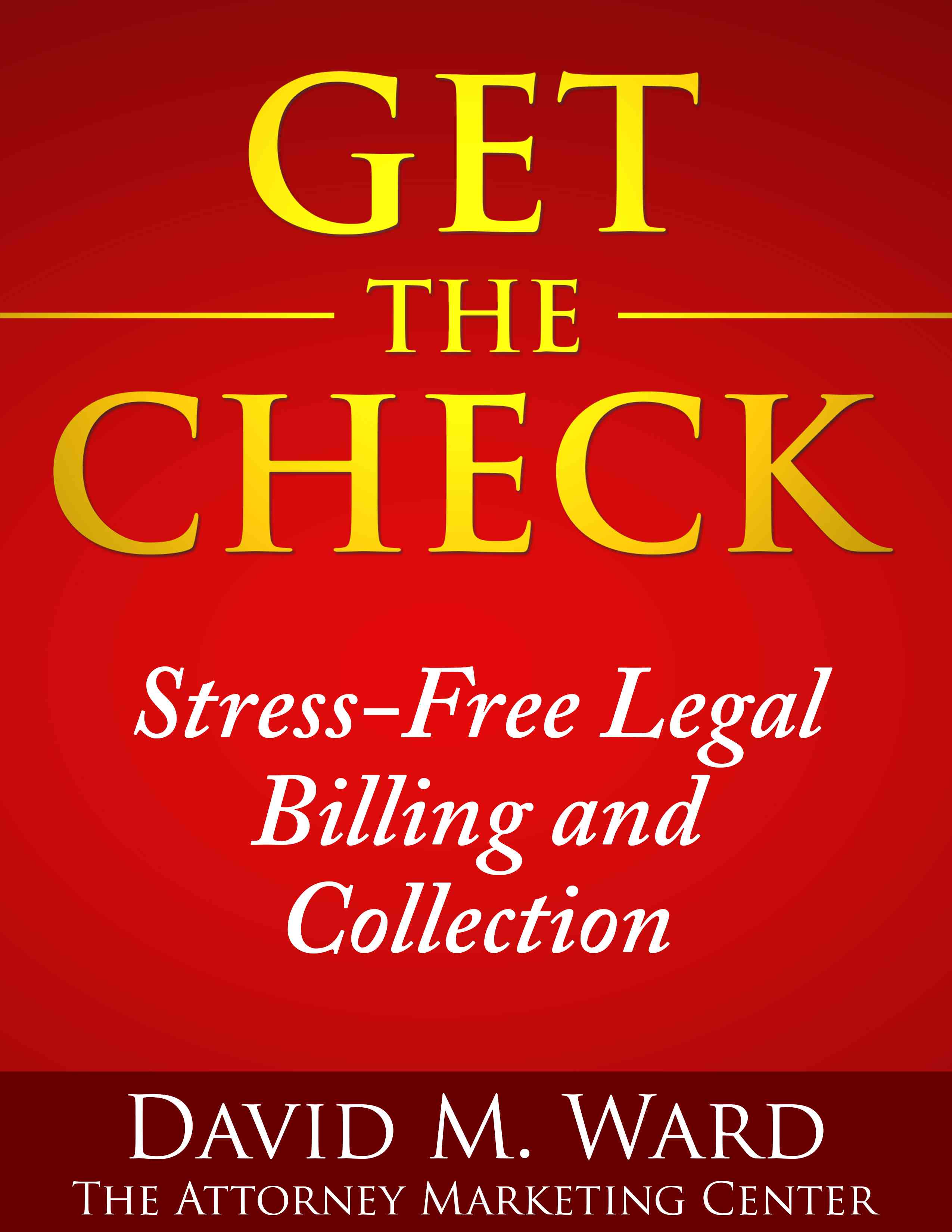Risk and reward. That’s what’s at stake today when you publicly state your opinion. You risk offending people who hold a different opinion, losing followers, and even losing clients who didn’t know you thought that way.
On the other hand, you might gain the allegiance of clients and followers who never knew how you felt about an issue and love you more because you do.
Opinion-based blog posts can help you win friends and influence people, or they can explode in your face.
So, lawyers, where do you draw the line?
You draw it on the side of expressing your opinion.
Because that’s why people read your blog or social posts.
If they just want straight news and information, they can get it anywhere. They follow you because they want to know what you think.
They want you to guide them, warn them, and lead them. They want to know how you see things and what you recommend.
They want your opinion.
That doesn’t mean you have to light fires and watch them burn.
Tell them what you recommend, and why. Tell them what you do, or would do if you were in their situation. But also show them both sides, contrary views, and other factors they should consider.
Because that’s what a good advisor does.
But you also convey your opinion without coming right out and stating it.
You do that every time you publish something, by the topics you choose to write about and the examples you use to illustrate them. You also do that by the subjects you choose to avoid.
Your readers might not know precisely what you think about every subject, but they get a sense of what’s important in your world, and for many subjects, a sense is enough.
Finally, while you might eventually choose to play it safe regarding a certain opinion or topic, your default should be to do the opposite.
Be edgy. Go out on a few limbs. Take some chances.
Yes, you might lose 10 followers if you go too far; I’ve done that. But you might gain 100 because you did. I’ve done that, too.
That’s what makes it interesting.
A successful life doesn’t require the complete avoidance of risk. It requires the intelligent management of risk.
Of course, that’s just my opinion.

